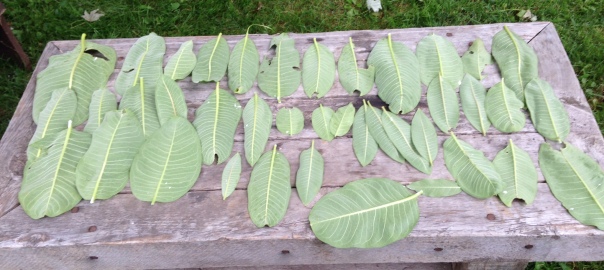As November ages, the descent into winter cold and diminishing light appears to accelerate. Memories of growth still. For me, one of the beautiful aspects of right now in northern climates is that the underlying structure of summer's fullness is in plain sight. The remains of tall prairie plants reveal what held up all the blooms a few months ago. Late fall into winter brings into view the underneath for us. From the time I first inhabited my own space, a college dorm room, I have gathered bunches of dried off-season plant material to tuck in the corner of at least one room. In quiet voice, it speaks to the essence of what is still there after all the seasonal shedding.
This week I was thrilled to discover a robin's nest with its long messy strands on the naked, outstretched branch of a tree in my front yard. The land where I live brims with robins in the birthing months. Some nests are easy to spy on a window ledge, drain pipe, or swaying branch of a pine tree. Others only make themselves known when robins and leaves are gone. Since nests that survive winter's windy fury are often used in a subsequent season, that nest out my front window is both recollection and promise, pointing to the nurturing of new life. We can't always glimpse that nurturing within us or around us. It has happened and it will happen again if we and the broad reach of creation that is our home cooperate with the impulse for life. Winter offers a stretch of time for us to ponder being protective spaces for coming life. When it's too icy or cold to venture out, I will pause, focusing on the nest with its call for each one to shelter life.



